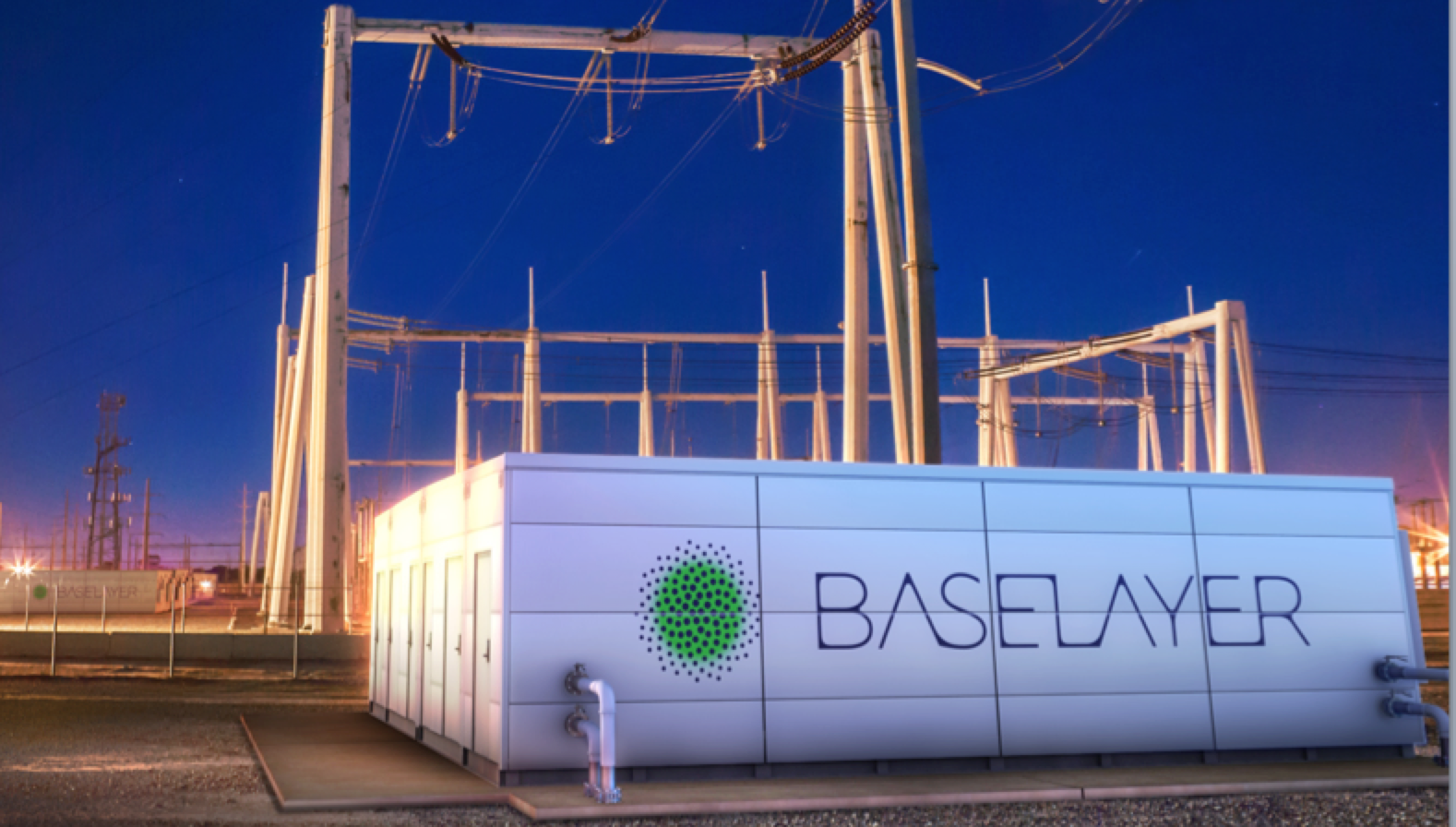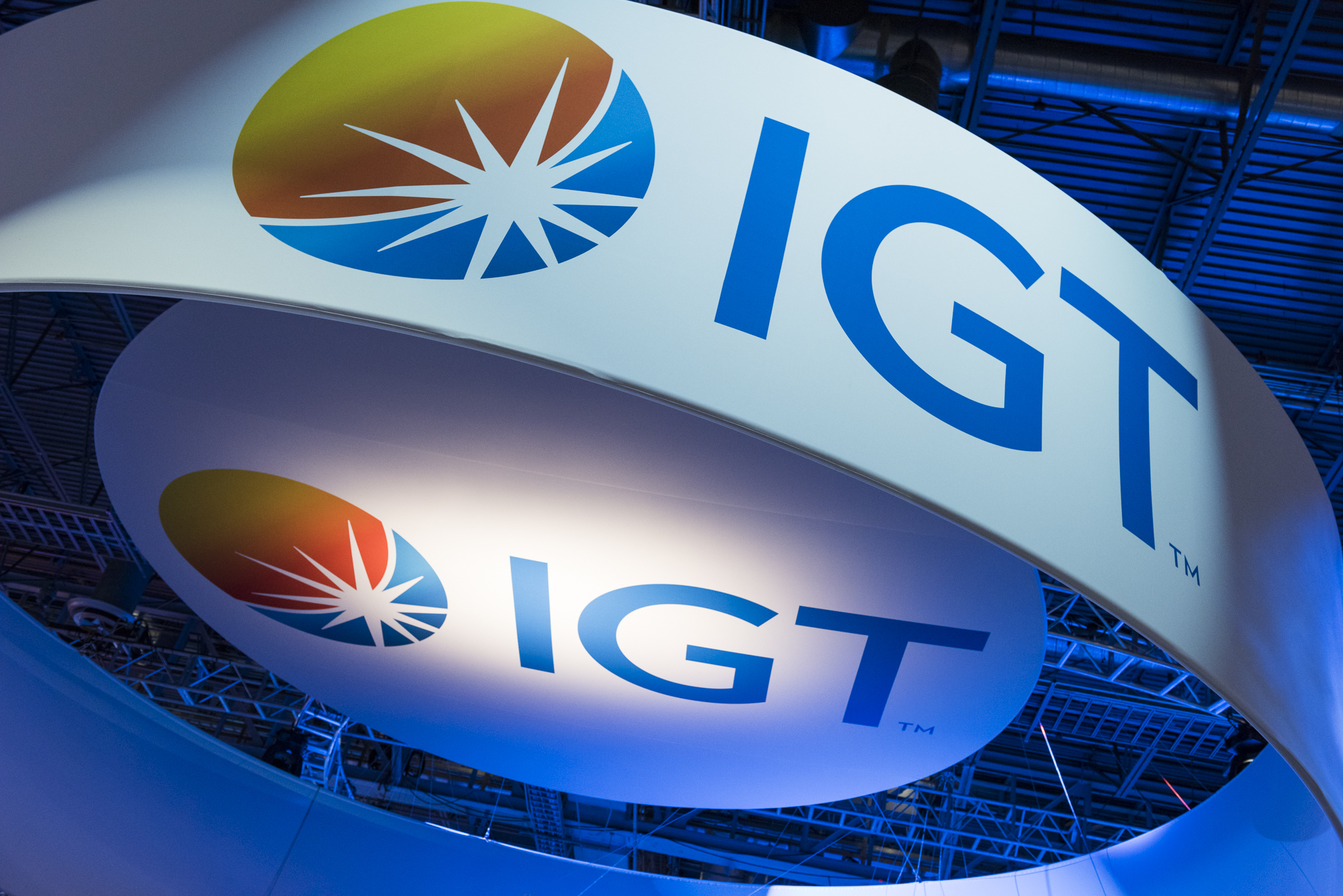
Understanding your trigger
February 27, 2013
The year is off to a vigorous start and I’ve already had the chance to dig into some very meaty challenges and opportunities. In the course of two recent workshops, I was reminded of the importance of truly understanding what triggers your customers to start an active search for your brand.
In one workshop, the client team had little clue as to the triggering event for their category and as a result were considering a major promotional effort that would yield very little in return. In the other, the team was well versed in their trigger events and was actively engaged in crafting strategies and tactics to catalyze demand for their brand.
Over the years it has intrigued me that so few of the clients I’ve worked with had actually taken the time to identify the trigger events in their category. In my view, this is one of the most important aspects to consider in shaping any marketing or brand engagement program.
Understanding the trigger helps you be there with answers as a potential customer’s questions are being framed. This gives you a distinct advantage in winning brand new customers, capturing competitors’ customers, or very importantly, securing your wavering customers.
To identify your triggers, you must carefully analyze the journey your customers move through in building and sustaining a relationship with your brand. Triggers come in many forms and reflect varied psychological states. Some are quite rational and some very emotional. They generally fall into three categories:
- Something I must do to comply with an external mandate
- Something I need to do because it’s time to do it
- Something I want to do because I really desire it
“Must” and “need” triggers are largely rational and have easily traceable catalysts. “Want” triggers are powerfully emotional and are a bit more difficult to trace.
Once you’ve identified your triggers, it is important to understand the decision making process your customers move through following the activation of the trigger. Examine the touch points they consult, the type of information they seek and the steps they move through in determining a solution for their needs and desires.
This analysis will help you understand where and how you can influence their process to position your brand distinctively as they make their decisions, both through the touch points that are regularly consulted and importantly, through the creation of new touch points you can invent to enhance their decision process.
With this understanding, you have the insight needed to craft your engagement plan. It is important to segment the plan to distinguish between stimulating a new purchase, capturing a competitor’s customer or securing one of your own. It is also important to acknowledge the customer’s mindset and speak to the trigger’s motivating psychological state.
With the very limited exception of offering a current client a motivating counter offer to prevent churn, the purpose of the engagement communications effort should be to inform and solve, not sell. The beauty of this approach is that it allows you to build rich, confidence based relationships with customers where, by virtue of the content you deliver, they sell themselves on the merits of your brand relative to competitors who’ve invested far less in understanding their needs and helping them make their critical decisions.
It’s as simple as that. Once again, by being thoughtful and zeroing in on an important, yet basic aspect of the customer journey, we can yield significant benefits.
The better you understand the trigger, the easier it is to be there with answers when the customer’s decision process begins.
The better you understand the trigger, the more you can leverage that understanding to proactively motivate your competitors’ customers to rethink the value of their existing relationships.
The better you understand the trigger, the more you can be a catalyst in shaping and managing demand for your business going forward.
Posted under: Branding Strategy, Customer journey mapping, Demand Driving Strategy







